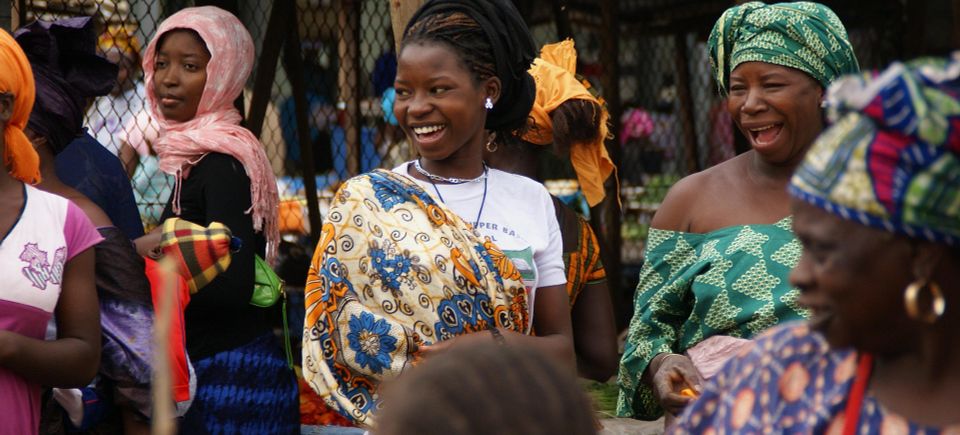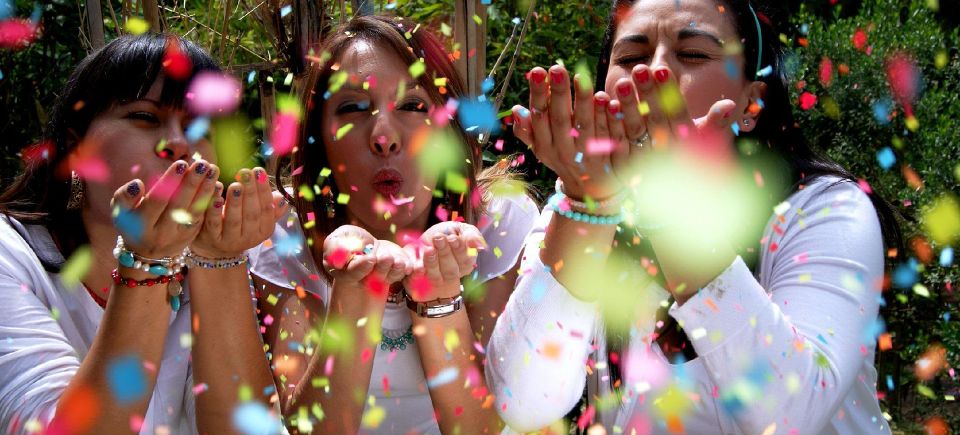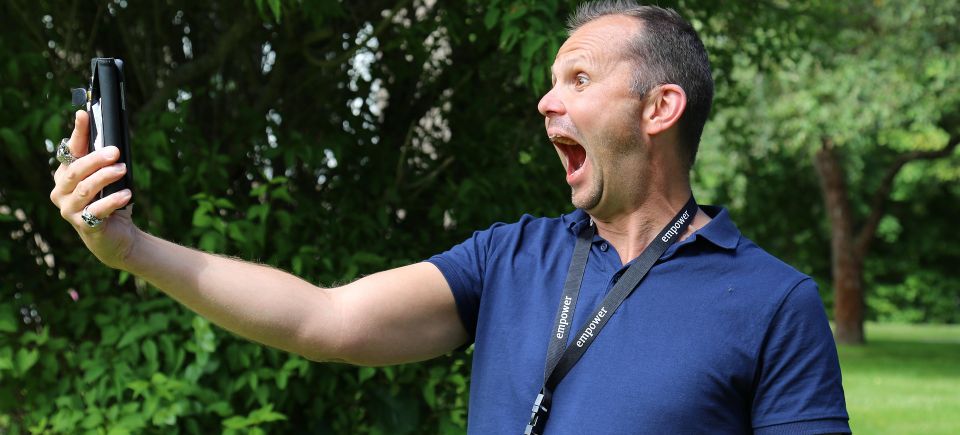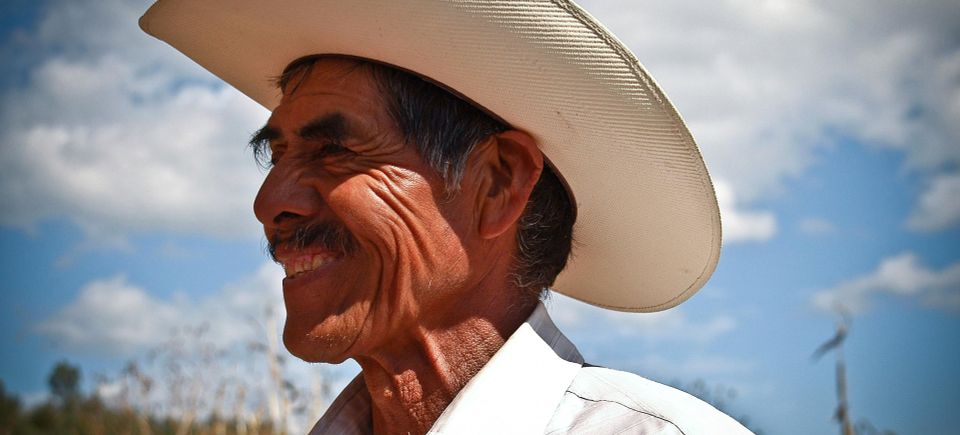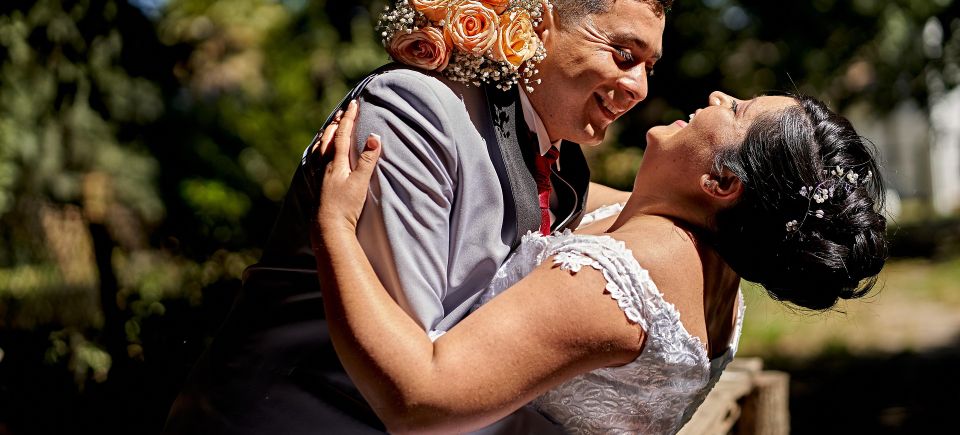Laughter is a
pleasant physical reaction and emotion consisting usually of rhythmical, usually audible contractions of the
diaphragm and other parts of the respiratory system. It is a response to certain external or internal
stimuli. Laughter can rise from such activities as being
tickled,
[1] or from
humorous stories,
imagery,
videos or thoughts.
[2] Most commonly, it is considered an auditory expression of a number of positive emotional states, such as joy, mirth,
happiness or relief. On some occasions, however, it may be caused by contrary emotional states such as embarrassment, surprise, or confusion such as
nervous laughter or courtesy laugh. Age, gender, education, language and culture are all indicators
[3] as to whether a person will experience laughter in a given situation. Other than humans, some other species of
primate (
chimpanzees,
gorillas and
orangutans) show
laughter-like vocalizations in response to physical contact such as wrestling, play chasing or tickling.
Laughter is a part of
human behavior regulated by the
brain, helping
humans clarify their intentions in
social interaction and providing an emotional context to conversations. Laughter is used as a signal for being part of a group—it signals acceptance and positive interactions with others. Laughter is sometimes seen as contagious and the laughter of one person can itself provoke laughter from others as a
positive feedback.
[4][5][6][7]The study of humor and laughter, and its psychological and physiological effects on the human body, is called
gelotology







